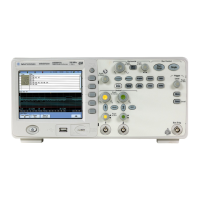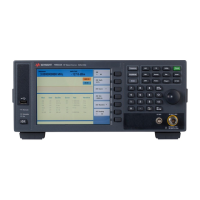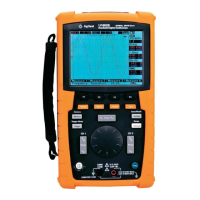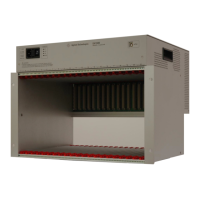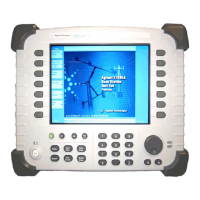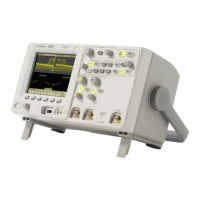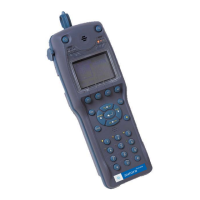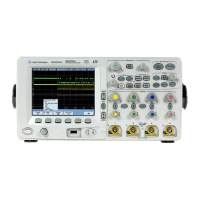Lesson 5 – Waveform Generation with the Mixed-Signal Tool
238
Waveform Description Parameters
To describe the waveform:
1 Choose the desired SHAPE from the list.
2 Enter the number of PERIODS to be generated.
You can enter integer or decimal values (for example 0.5).
3 Check or change the PHASE. Available units are degrees, radians,
or gradians.
The waveform is shifted in the negative time direction for positive
values of phase.
Note: If you want to generate an ascending ramp, choose –180
degrees to start with the minimum value.
4 Decide how you wish to enter the values of AMPLITUDE, OFFSET, and
N
OISE (noise lets you add random noise of the maximum amplitude
as specified in the N
OISE field).
Choices are floating point (default) or integer format, as
indicated in the O
UTPUT VALUES box. For testing a DAC, both
formats can be used. For testing an ADC or buffer, floating point
is recommended.
Floating point format In floating point format, you define the waveform amplitude,
offset, and noise in fractions of Full Scale (FS), such as 0.333.
The FS of a DAC is defined by its number of input pins—an 8-bit
DAC has an FS of 0 to 255.
The FS voltage of an analog waveform is limited by the capability
of the waveform generator. When downloading the waveform to
an AWG, a reduced FS can be specified.
